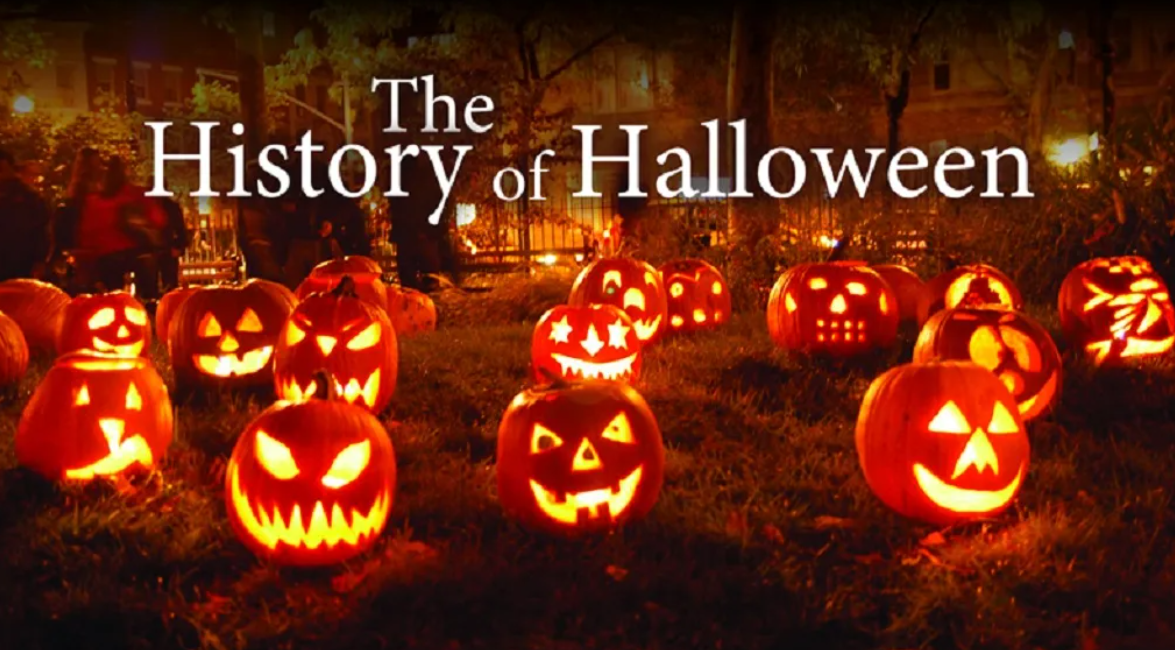Halloween, celebrated annually on October 31st, is one of the most eagerly anticipated and widely celebrated holidays across the globe. While it’s often associated with costumes, candy, and spooky decorations, the history of Halloween is rich and complex, spanning centuries and continents.
The roots of Halloween can be traced back to the ancient Celtic festival of Samhain, which marked the end of the harvest season and the beginning of winter. Samhain was a time when the boundary between the living and the dead was believed to be blurred, allowing spirits to roam the earth. To ward off these malevolent spirits, people would light bonfires and wear costumes made of animal skins.
With the spread of Christianity, Samhain eventually merged with the Christian holiday of All Saints’ Day, also known as All Hallows’ Day, which honored saints and martyrs. The night before All Saints’ Day came to be known as All Hallows’ Eve, later shortened to Halloween. Despite efforts by the church to Christianize the holiday, many pagan customs and traditions persisted.

In the Middle Ages, Halloween evolved into a time of revelry and mischief. Trick-or-treating, a tradition with roots in medieval Europe, originally involved poor people going door-to-door begging for food in exchange for prayers for the dead. Over time, it transformed into the familiar custom of children dressing up in costumes and going from house to house collecting candy.
The influx of Irish and Scottish immigrants to North America in the 19th century brought Halloween traditions to the United States and Canada, where they merged with indigenous customs to create the modern celebration we know today. Jack-o’-lanterns, originally carved from turnips or potatoes, became synonymous with Halloween after the tradition was adapted to pumpkins, which were more abundant in North America.
Throughout the 20th century, Halloween continued to evolve, becoming increasingly commercialized with the mass production of costumes, decorations, and candy. Today, Halloween is celebrated not only in the United States and Canada but also in many other countries around the world, albeit with varying customs and traditions.
Despite its commercialization, Halloween still retains elements of its ancient origins, reminding us of the cyclical nature of life and the thin veil between the living and the dead. Whether it’s carving pumpkins, telling ghost stories, or attending costume parties, Halloween offers people of all ages a chance to embrace the spooky and supernatural in a spirit of fun and camaraderie.
